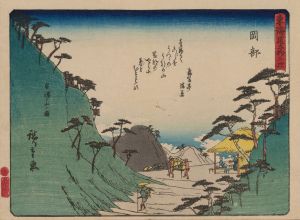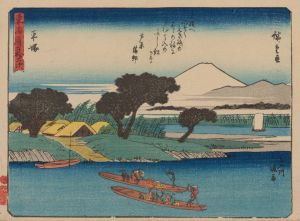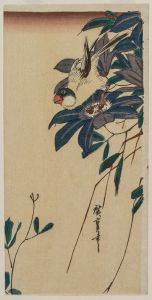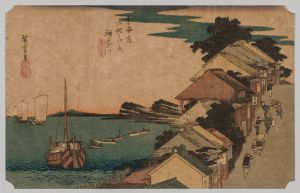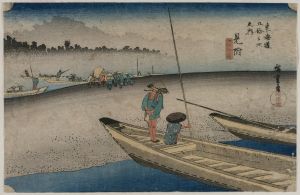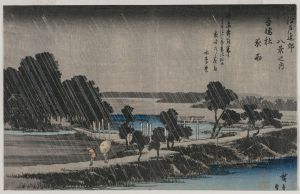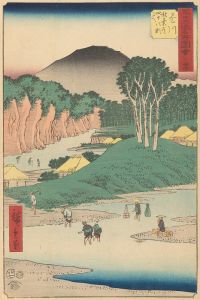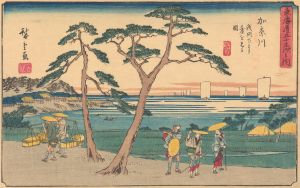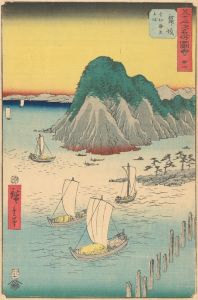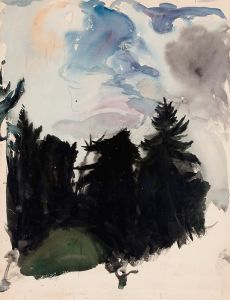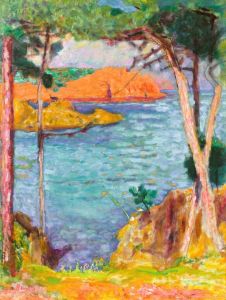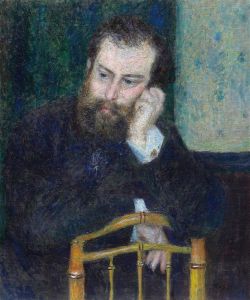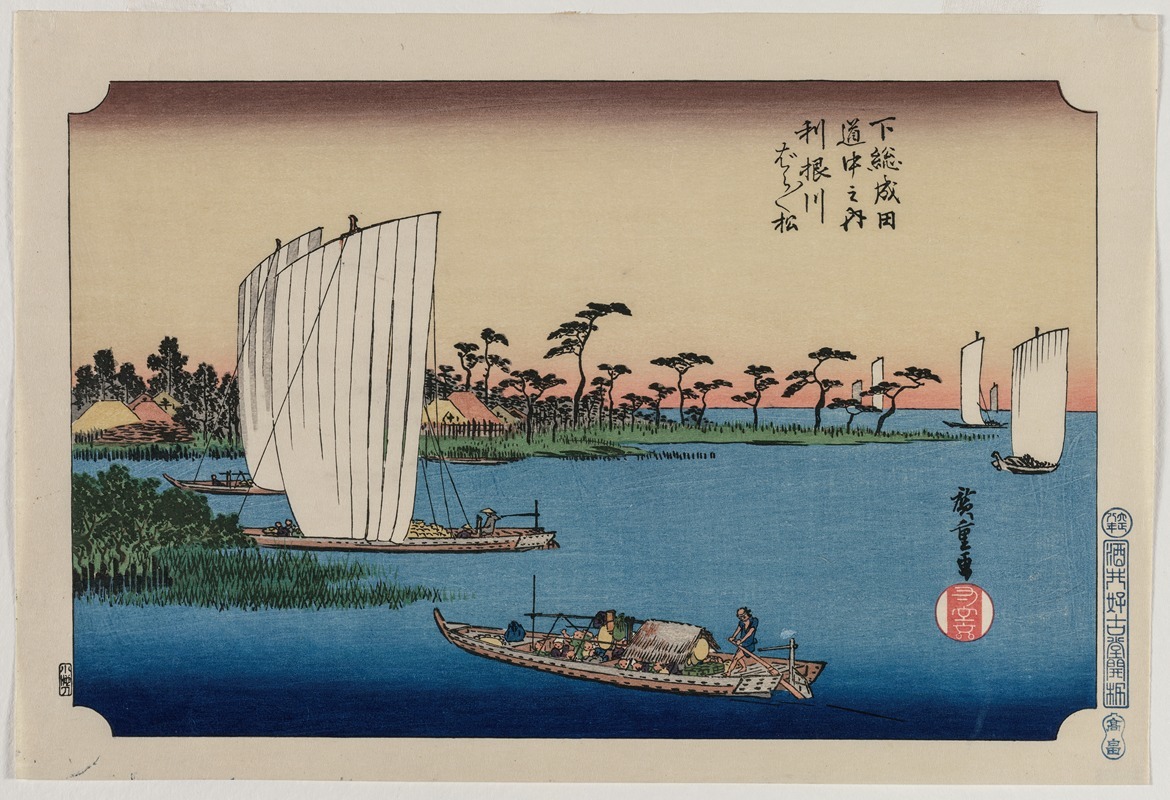
Scattered Pine Trees by the Tone River, from the series The Road to Narita in Shimosa Province
A hand-painted replica of Andō Hiroshige’s masterpiece Scattered Pine Trees by the Tone River, from the series The Road to Narita in Shimosa Province, meticulously crafted by professional artists to capture the true essence of the original. Each piece is created with museum-quality canvas and rare mineral pigments, carefully painted by experienced artists with delicate brushstrokes and rich, layered colors to perfectly recreate the texture of the original artwork. Unlike machine-printed reproductions, this hand-painted version brings the painting to life, infused with the artist’s emotions and skill in every stroke. Whether for personal collection or home decoration, it instantly elevates the artistic atmosphere of any space.
"Scattered Pine Trees by the Tone River, from the series The Road to Narita in Shimosa Province" is a woodblock print created by the renowned Japanese ukiyo-e artist Andō Hiroshige. Hiroshige, also known as Utagawa Hiroshige, was born in 1797 and is celebrated for his landscape prints and depictions of the natural beauty of Japan. His works are characterized by their serene and poetic qualities, often capturing the transient beauty of nature and the changing seasons.
This particular print is part of the series titled "The Road to Narita in Shimosa Province" (also known as "Shimōsa Narita kaidō"), which illustrates various scenic spots along the route to the famous Naritasan Shinshoji Temple in Shimosa Province, present-day Chiba Prefecture. The series is one of many travel-themed works by Hiroshige, who was deeply influenced by the tradition of meisho-e, or "pictures of famous places."
"Scattered Pine Trees by the Tone River" depicts a tranquil scene along the Tone River, one of the major rivers in the Kanto region of Japan. The Tone River, known for its extensive network and historical significance, has been a vital waterway for transportation and irrigation. In Hiroshige's print, the river is portrayed with a sense of calmness, flanked by scattered pine trees that add to the picturesque quality of the landscape.
Hiroshige's use of color and composition in this print exemplifies his mastery of the ukiyo-e technique. The print likely features the use of bokashi, a shading technique that creates a gradient effect, enhancing the depth and atmosphere of the scene. The pine trees, with their distinctive shapes, are rendered with delicate lines and subtle hues, contrasting with the flowing river and the distant horizon.
The series "The Road to Narita in Shimosa Province" reflects the Edo period's cultural and social interest in travel and pilgrimage. During this time, travel became more accessible to the common people, and pilgrimage routes to temples and shrines were popular. Hiroshige's prints served not only as artistic representations but also as guides and souvenirs for travelers.
Hiroshige's work has had a lasting impact on both Japanese and Western art. His innovative compositions and ability to capture the essence of a scene influenced many artists, including the Impressionists and Post-Impressionists. His prints remain highly regarded for their beauty and technical skill, and they continue to be studied and admired by art enthusiasts and scholars worldwide.
In summary, "Scattered Pine Trees by the Tone River" is a quintessential example of Andō Hiroshige's landscape prints, showcasing his ability to depict the serene beauty of Japan's natural scenery. As part of the series "The Road to Narita in Shimosa Province," it highlights the cultural significance of travel and pilgrimage during the Edo period, while also demonstrating Hiroshige's artistic prowess and enduring influence.





